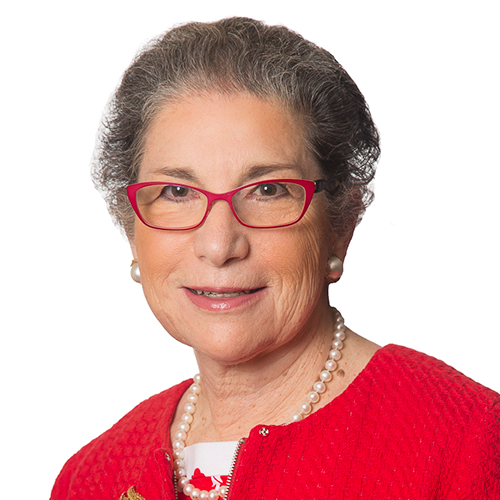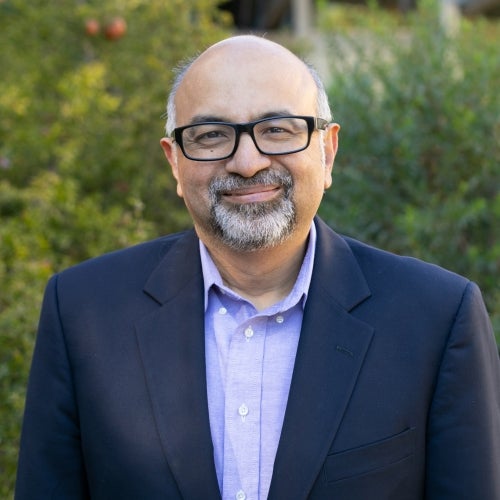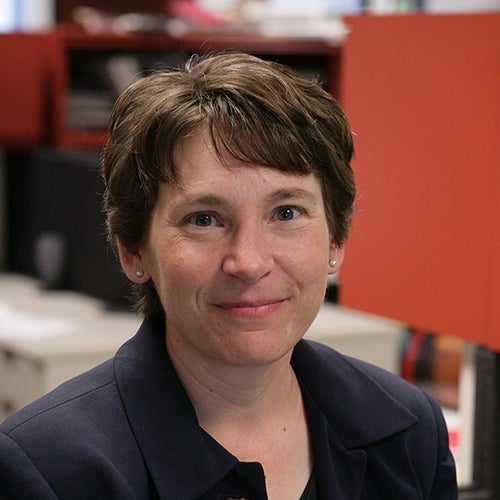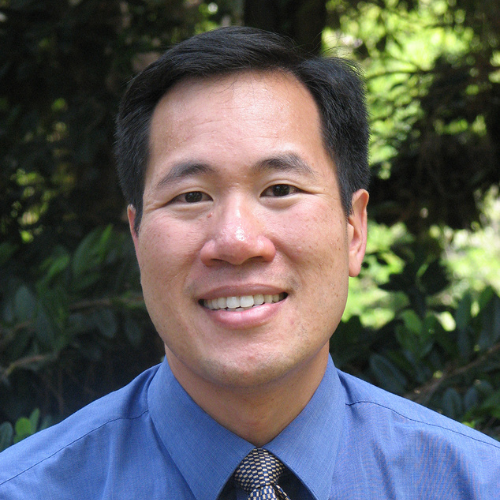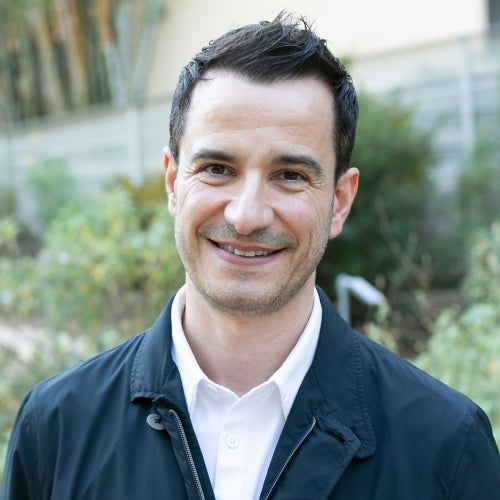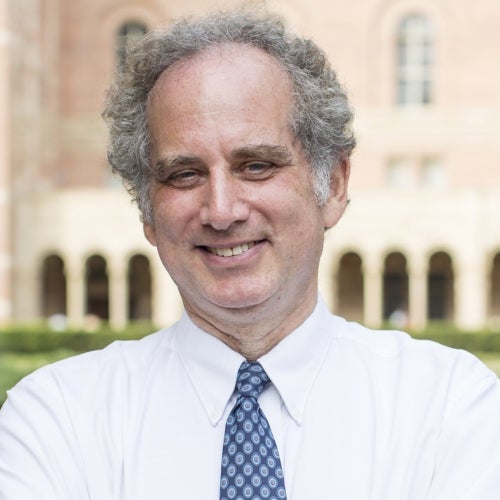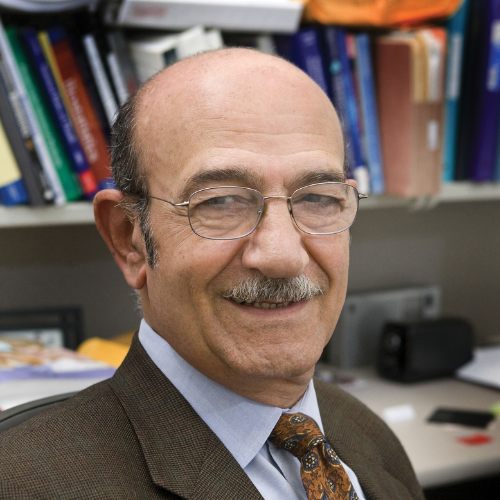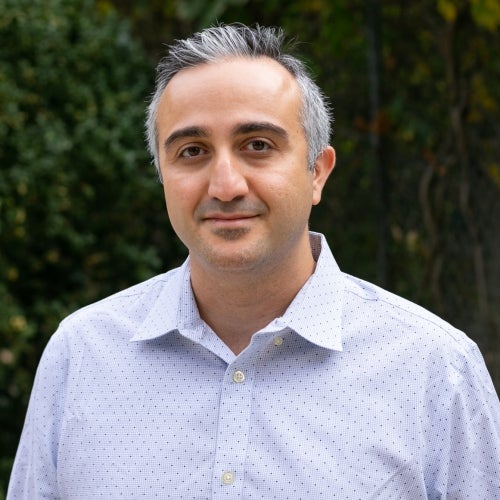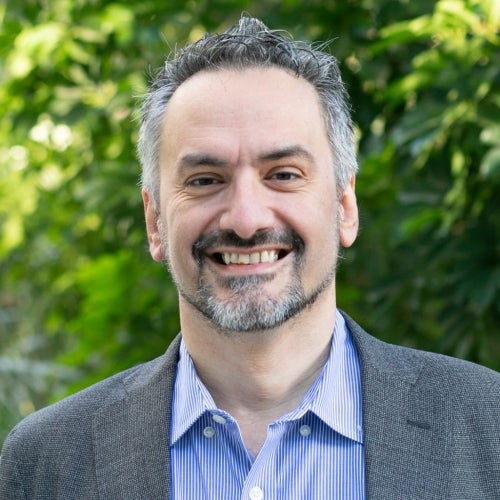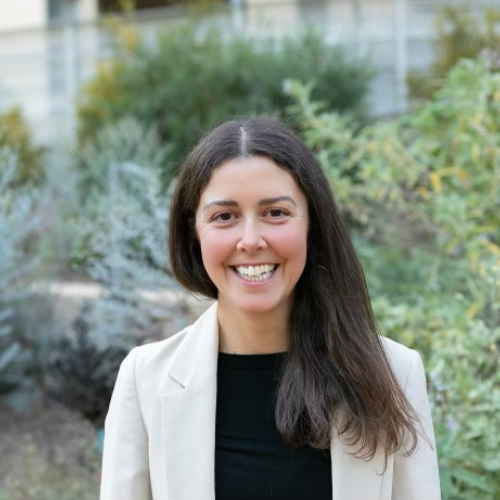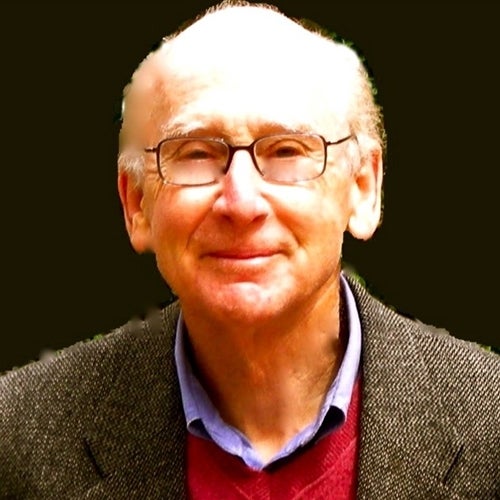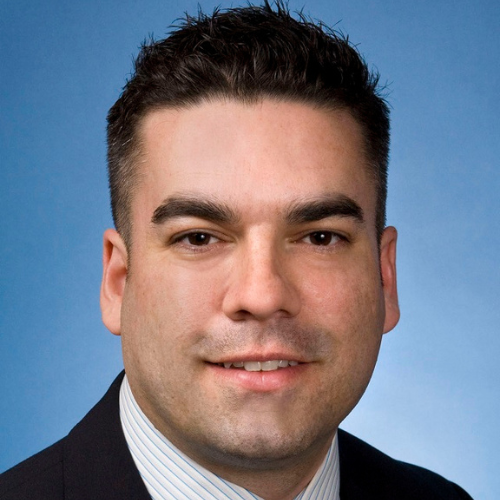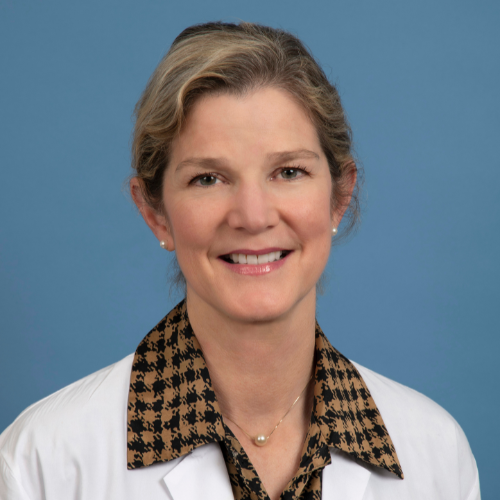Exposing hormone-induced risk of breast cancer using the epigenetic clock
As accelerated aging of different parts of women’s bodies comes to light, new questions are raised about hormone exposure and breast cancer risk.
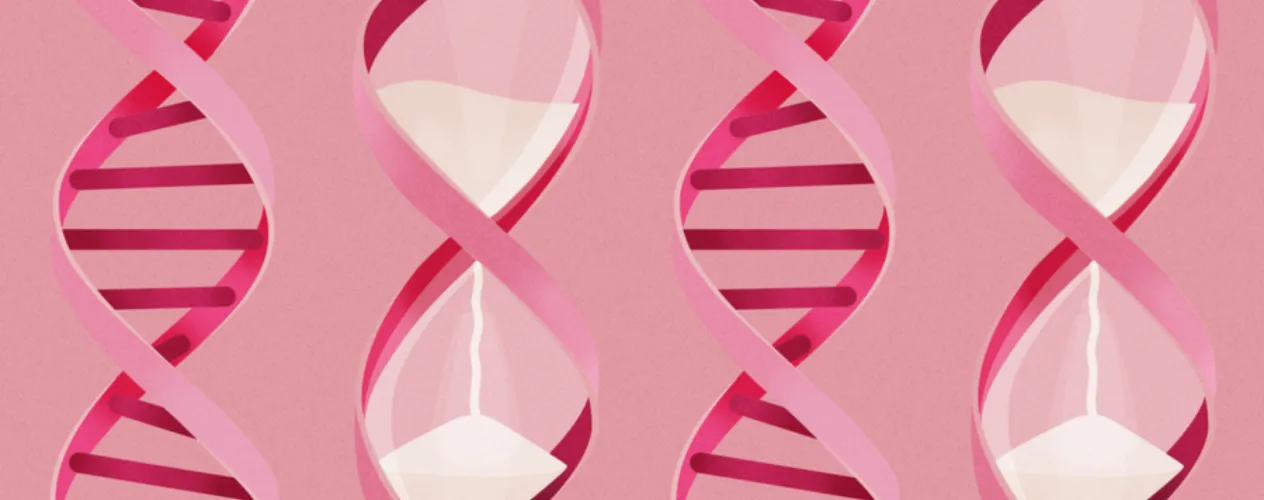
IN THE UNITED STATES, ABOUT ONE IN EIGHT women will be diagnosed with breast cancer in their lifetime. The diagnosis does not typically happen at a young age; most commonly, it is the result of acquired mutations in breast tissue over the life course, with the risk of these mutations increasing with age. Distinguished Professor Patricia Ganz, MD, in the UCLA Fielding School of Public Health’s Department of Health Policy and Management, is studying the impact of hormones in breast cancer development, and whether certain exposures might accelerate the aging process, thereby increasing cancer risk. “Focusing on the relationship between aging breast tissue and hormone exposure can increase our understanding of why some individuals are on an accelerated pathway toward breast cancer, which would help to inform prevention and detection strategies,” explains Ganz, a member of the National Academy of Medicine.
To find answers, Ganz has teamed with Steve Horvath, PhD, ScD, professor in FSPH’s Department of Biostatistics, who developed an epigenetic clock, also known as Horvath’s clock, which is a widely utilized biomarker of aging. The two professors are particularly interested in the mechanism by which hormonal exposures might precipitate accelerated aging of breast tissue and a potential dysregulation of hormonal pathways, leading to malignancy. Ganz and Horvath approach this topic with three main questions in mind, and the ultimate goal of improving early detection of breast cancer:
1. Does the accelerated aging effect of female breast tissue apply to healthy women?
In Horvath’s study DNA methylation age of human tissues (Genome Biology, 2013), which presented his epigenetic clock method, he found that female breast tissue is “older” than other parts of the female body. However, it was not clear whether this age acceleration in breast tissue was due to the fact that most of the women in this study had breast cancer. Together with Mary Sehl, MD, PhD, assistant professor of hematology-oncology and biomathematics in the UCLA David Geffen School of Medicine, and in collaboration with the Susan G. Komen Tissue Bank (KTB) at the Indiana University Simon Cancer Center, the researchers recently published a study (DNA methylation age is elevated in breast tissue of healthy women, March 2017) in which they were able to validate Horvath’s initial finding and show that healthy breast tissue from women without breast cancer was substantially older than blood tissue from the same women. “The accelerated aging effect in breast tissue was particularly pronounced in younger pre-menopausal women, which prompts questions about the impact of hormone exposures,” Sehl says.
2. How do lifetime hormone exposures affect accelerated aging?
“We found that the loss of female hormones resulting from menopause is associated with an increased epigenetic age of blood. Also, menopausal hormone therapy is associated with decreased epigenetic age of buccal [cheek] cells,” says Horvath, referring to his study Menopause accelerates biological aging (Proceedings of the National Academy of Sciences of the United States of America, August 2016, corresponding author: Steve Horvath). The research showed that women who underwent menopausal hormone therapy (MHT) had a lower epigenetic age in their buccal epithelium, while women who underwent an oophorectomy or reached menopause relatively early showed accelerated epigenetic age of their blood. “We don’t know yet if early menopause also accelerates the epigenetic age of breast tissue, or if reproductive exposures such as the number of children, history of pregnancy or estrogen intake have an effect, but we aim to find out,” Ganz says. The FSPH professors continue their work with Sehl and the KTB, through which they have access to breast tissues, bio-samples and reproductive survey data on 200 women.
3. Can epigenetic age of breast tissue predict breast cancer risk?
“The answer to this central question can have a major impact on breast cancer early detection, prevention and treatment,” Ganz says. The predictive value of the epigenetic clock has already been documented in the recently published study, DNA methylome analysis identifies accelerated epigenetic ageing associated with postmenopausal breast cancer susceptibility, April 2017. Horvath was co-first author of the publication, which showed that the DNA methylation (DNAm) age of blood can predict the risk of breast cancer. It is unknown whether the epigenetic age of breast tissue has a similar predictive value. The answer will probably depend on the type of breast cancer, Horvath says. In his original article (Genome Biology, 2013), he showed that only luminal breast cancer samples exhibit positive age acceleration, while basal breast cancer samples show the opposite effect. Sehl, Ganz and Horvath hope that their continued research into the estrogen signaling/DNAm studies of KTB samples and corresponding RNA sequencing studies can provide a molecular explanation of accelerated aging of the breast and shed light on the related cancer risks.
“Ultimately, we hope to find a strong association between the epigenetic age of normal breast tissue and breast cancer risk, because only then will we be able to develop a clinically useful biomarker,” Horvath says. “An accurate breast cancer screening test based on the molecular analysis of healthy breast tissue could positively change the future of millions of women. After all, each one of eight is one too many.”
Faculty Referenced by this Article
Nationally recognized health services researcher and sociomedical scientist with 25+ years' experience in effectiveness and implementation research.

Automated and accessible artificial intelligence methods and software for biomedical data science.

Professor of Community Health Sciences & Health Policy and Management, and Associate Dean for Research

EMPH Academic Program Director with expertise in healthcare marketing, finance, and reproductive health policy, teaching in the EMPH, MPH, MHA program

Dr. Ron Andersen is the Wasserman Professor Emeritus in the UCLA Departments of Health Policy and Management.

Dr. Michelle S. Keller is a health services researcher whose research focuses on the use and prescribing of high-risk medications.
